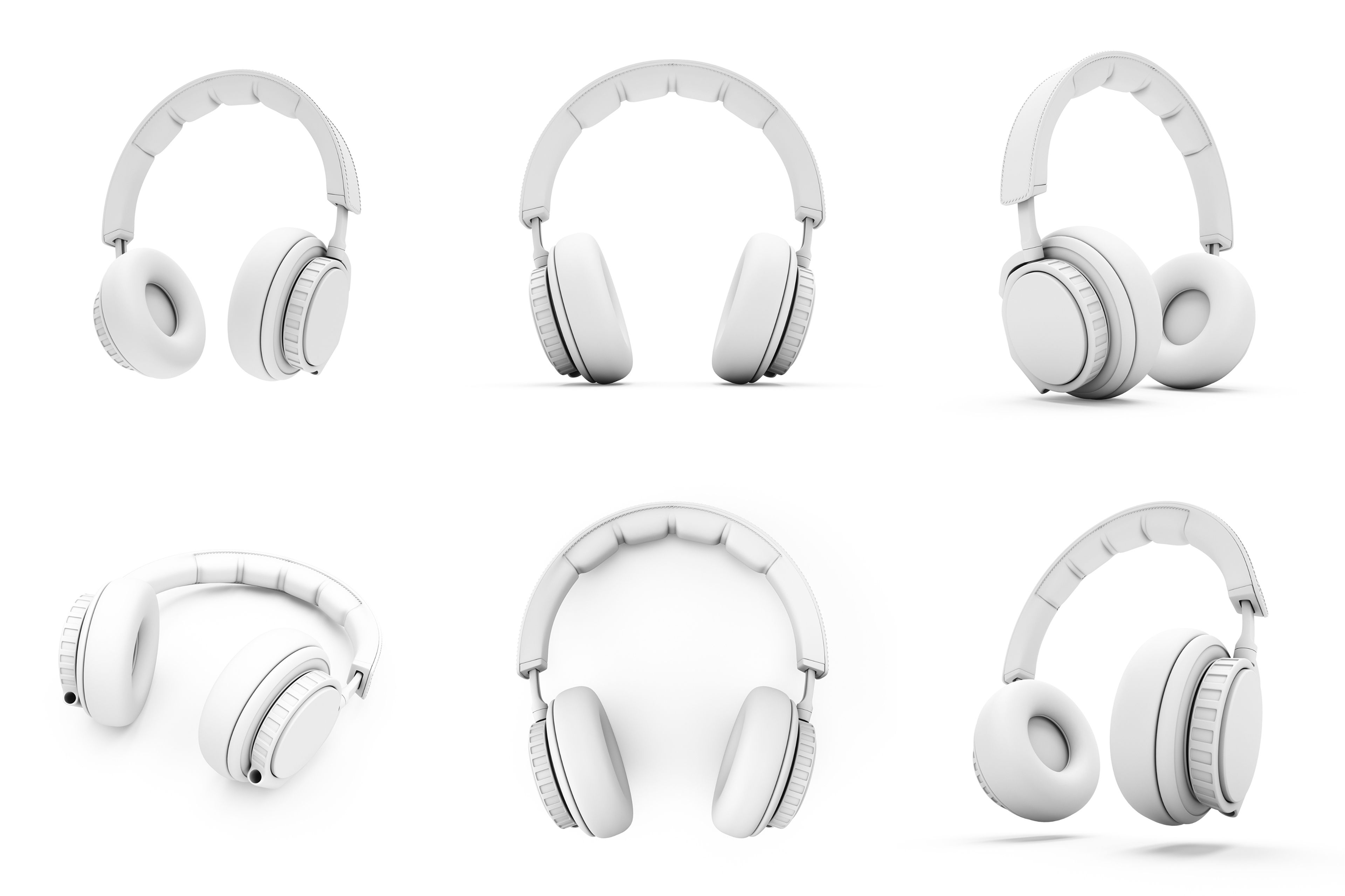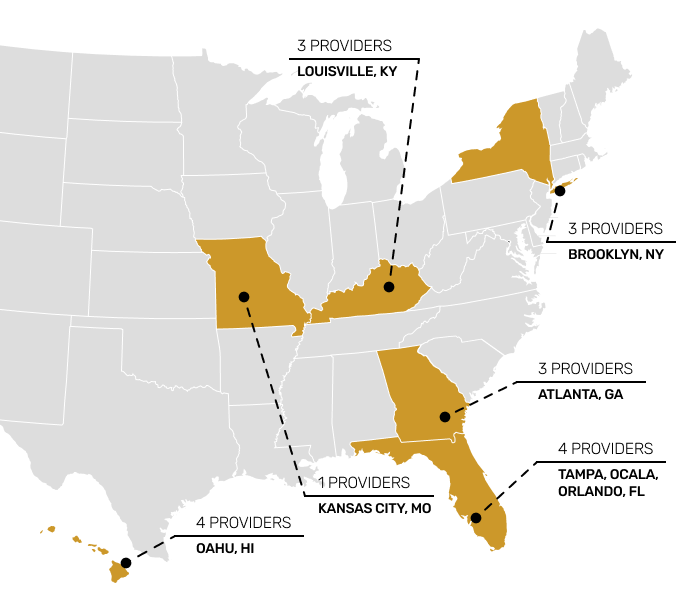
In a world where clunky interfaces and users “satisficing” are common, we asked a deeper question: How could we unlock the configuration potential within our products? My small design team and I moved past surface-level tweaks, diving into data and human behavior to uncover the subtle changes that reduced product waste and increased engineer satisfaction. This is how I led an organizational mindset shift to refine an experience — not for looks, but for meaningful business impact.
CHANNELS:
DESKTOP |
MOBILE APPLICATIONS
ROLE:
NORTH AMERICA UX LEAD
MY TEAM:
2 UX DESIGNERS | UX RESEARCHER
A Complex System Holding Engineers Back
Configuring high-performance audio codecs (coding and decoding smart chips) was a frustrating, time-consuming process. Engineers had to navigate dense software, manually adjust intricate settings, and rely on trial and error to get the right sound while not making the codec devices unusable. Errors were common and the number of unusable codecs increased, slowing down product integration and increasing support costs. Making customers waste 500 – 800 devices and a minimum of $25k on early configuration testing on average.
Codec cost per unit ~$30, with orders in the tens of thousands, and testing on 100 devices per round
A codec can be made unusable by setting parameters that discard too much audio data, resulting in poor quality or compatibility issues. For example, using a very low bit rate, removing critical frequency bands, or choosing incompatible stereo coding methods can all degrade the output or cause the codec to fail.
Initial orders to begin configuring a new version of a headset/headphone or completely new products would be in the 10,000 unit range. Typically engineers configure and push image configurations to ~100 codecs at a time and then test. with these volumes, even less than 10 rounds of bad configurations could be at a large cost.
(codec cost x quantity order) / (configuration and test quantity per round)
ex: ($30 * 10,000) / (100 * 1) = $3,000 per test round
I was assigned to lead a product team to simplify the headset tuning process, reduce errors and waste, and help engineers work more efficiently. The goal was clear—create an intuitive, insight-driven interface that would transform how engineers configured audio devices.
Stop Guessing, Start Asking (Internally)
facilitated workshops + interviews
continents of engineers collaborated on devices
The biggest obstacle was starting without direct access to customers due to competitive market constraints. Instead of seeing this as a roadblock, I turned my team to an untapped resource—our internal engineering teams. They used the same tools and faced the same issues as our customers, making them the perfect role-based personas. To achieve direction for low risk configuration and tuning with complex variables, a large sample size was required. Through 50 immersive workshops and interviews:
GET THE STORY
Persona Repository:
Navigating Buy-in
- We mapped out workflow inefficiencies and pinpointed friction points.
- Identified common pain points, like lack of real-time feedback and cumbersome manual tuning.
- Built role-based personas that mirrored real customer behaviors and struggles.
This user-driven foundation set the stage for a redesigned experience that prioritized clarity, efficiency, and precision. Which is needed to increase cost savings for customers.
Configuration Prototyping & Real-World Testing
Focused on user precision and efficiency, we rapidly prototyped interactive, medium-fidelity designs to quickly validate solutions against engineering workflows. I was able to pair a designer and software tool developer with multiple engineers to map out the dependencies in configurations for prototyping. Our testing combined internal checks, external lab simulations, and performance data to ensure the final design directly addressed accuracy and minimized device waste. A key innovation, a spectrogram-based POC, replaced inefficient trial-and-error audio tuning with a precise, real-time visual interface, immediately improving engineer efficiency and reducing setup time.
UX as a Competitive Advantage
By focusing on gathering insights from internal engineers, we uncovered details on how engineers plan for using our codecs in their end products. We achieved clear business and product benefits—cutting setup time by 30% and reducing configuration errors 50% (cost savings = decrease in test rounds by half). This improvement accelerated time-to-market for our customers’ products, helping deliver enhancements to their configuration process and reliably. Value gained by leading with UX:
Increased adoption rates, as the intuitive design made integration easier.
New market opportunities, with enhanced usability and test cost savings attracting new customer segments.
Stronger competitive positioning, differentiating our solution in a crowded industry.
Beyond metrics, the cultural impact was just as significant within my organization. By integrating design-thinking with internal engineering function, we:
Shifted from a reactive to proactive insight-based culture, making design a key driver of innovation.
Increased engineering confidence, giving them clearer workflows and more efficient tools.

Lessons in UX Leadership: What Made the Difference?
This initiative significantly boosted engineer efficiency and cut audio device testing costs, a key win we highlighted with business development. The software team was positioned to drive user-centric workflow improvements across product lines, which is a strategy business development sees as a key differentiator for market growth. Our collaborative discovery process aligned market fit and strengthened our devices’ unique value, directly supporting business development’s expansion goals. Leading insights and outcomes:
“…as an engineer, I usually think linear through processes, but your work changed that. I have more respect for design and its ability to find the best process for the user.”
DSP Engineer
(@ semiconductor company)
By leveraging human-centered design, iterative prototyping, and real-world testing, we transformed a technical bottleneck into an elegant, efficient, and scalable solution. This is the power of UX leadership—turning complexity into clarity and driving real business value through design.
CHECK OUT THESE OTHER CASE STUDIES, SCENARIOS, and stories

Training healthcare IT teams with people experiences in mind.

Optimizing supply chain data entry through user feedback at a global scale.

Educating marketers to better communicate energy efficiency to customers.

Integrating iterative design into strategic drilling portfolio planning to maximize impact.




